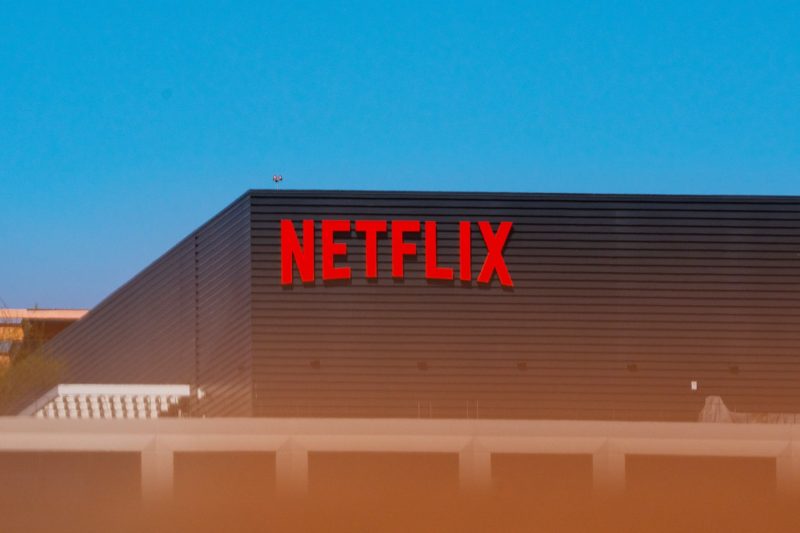The evolution of streaming platforms has transformed the way we consume media and entertainment in the digital age. Among the key players in this landscape, Netflix stands out as a trailblazer that continuously adapts to the evolving preferences of its audience. In a recent development, Netflix has introduced an ad-supported tier that has garnered an impressive 40 million monthly users, nearly double the previous count.
This strategic move by Netflix signifies a shift towards diversifying its revenue streams and catering to a wider audience base. The introduction of an ad-supported tier not only expands access to the platform for those who may be deterred by subscription fees but also opens up new advertising opportunities for brands looking to reach the platform’s massive user base.
One of the key factors driving the success of the ad-supported tier is the increasing demand for affordable streaming options. With the rising cost of subscription-based services, many consumers are seeking more accessible alternatives that provide quality content without breaking the bank. By offering a free or lower-cost option supported by ads, Netflix is able to tap into this segment of the market and attract a larger audience.
Moreover, the significant increase in monthly users for the ad-supported tier indicates that the strategy has resonated with consumers. The convenience of accessing a vast library of content at no cost or a reduced price, offset by targeted advertisements, has proven to be a compelling proposition for many viewers. This not only benefits the users but also creates a lucrative opportunity for advertisers to connect with a highly engaged audience on a popular streaming platform.
From a business perspective, the success of the ad-supported tier underscores Netflix’s commitment to innovation and adaptability in a rapidly changing industry. By embracing a hybrid model that combines advertising revenue with subscription income, Netflix is able to enhance its financial sustainability and competitive position in the market. This diversification of revenue sources also strengthens the platform’s resilience against fluctuations in consumer spending and market trends.
In conclusion, the expansion of Netflix’s offerings to include an ad-supported tier with 40 million monthly users reflects a strategic shift towards greater accessibility and revenue diversification. By tapping into the growing demand for affordable streaming options and leveraging the power of targeted advertising, Netflix has demonstrated its agility and foresight in meeting the evolving needs of its audience. This move not only benefits users and advertisers but also positions Netflix as a dynamic and forward-thinking player in the competitive streaming landscape.
